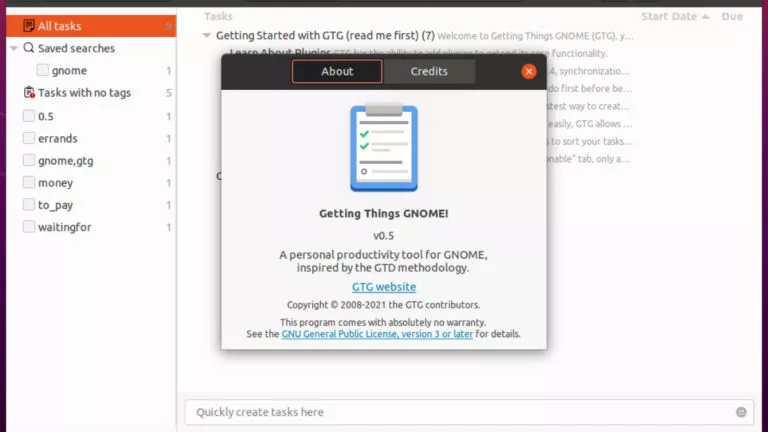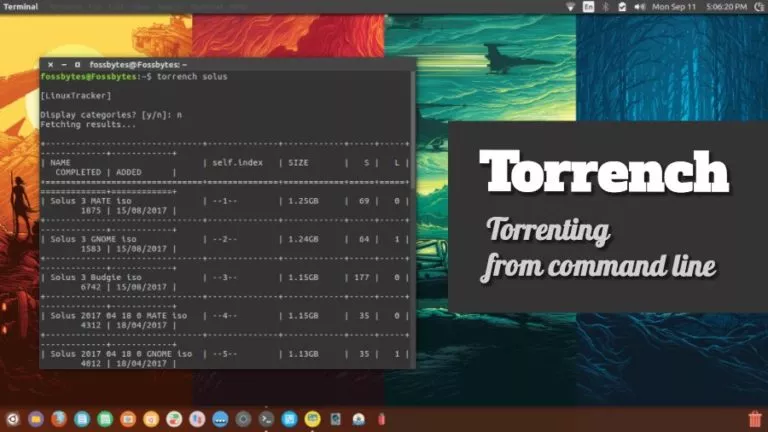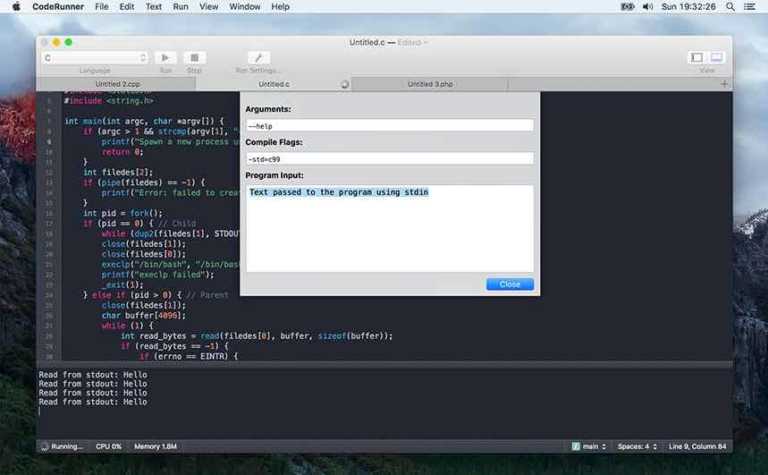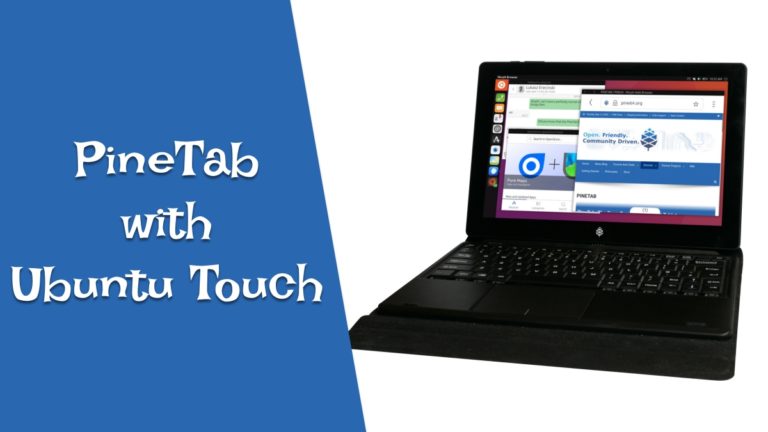Kivy — A Cross-platform Python GUI Framework To Code Apps With Ease
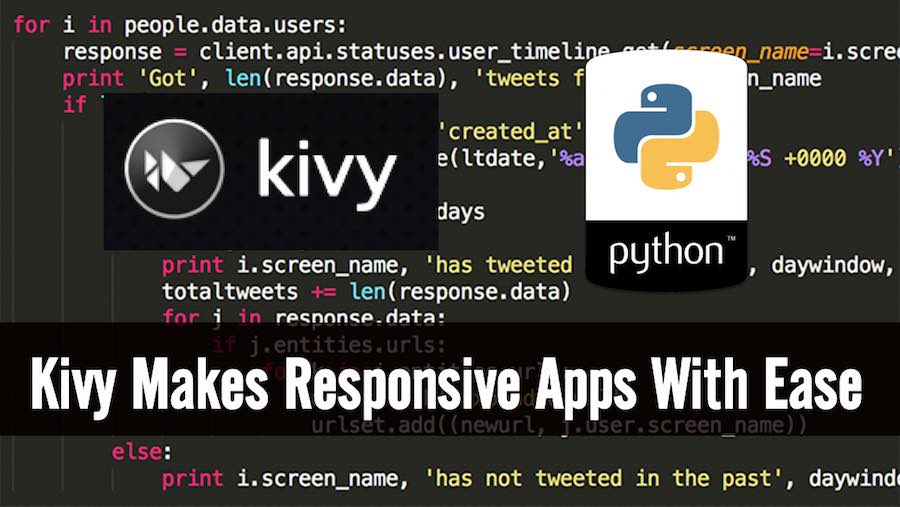
 Short Bytes: Have you ever wanted to create an app that can be used on PC, and OS X without the extra effort? What about Android and iOS? Kivy allows you do that with many additional features such as OpenGL ES rendering, custom widgets, and full multi-touch and orientation/tilt support.
Short Bytes: Have you ever wanted to create an app that can be used on PC, and OS X without the extra effort? What about Android and iOS? Kivy allows you do that with many additional features such as OpenGL ES rendering, custom widgets, and full multi-touch and orientation/tilt support.
There are other UI frameworks that are popular among Python developers, like Tkinter and wxPython. What Kivy has to offer are the features that go above and beyond that of the traditional UI framework.
The framework has built-in OpenGL ES rendering, which is important with today’s high resolution and animated Uis as it relies on the much more efficient GPU to draw the UI instead of the CPU. This helps both performance and power consumption, a significant benefit on mobile platforms.
Widgets are the buttons, text boxes, pictures, and everything in a user interface that you interact with. From framework to framework, they might behave slightly differently or feature different options and tweakability.
Kivy, being open source and extensible, allows both the customization of existing widgets and the creation of your own. Leveraging object-oriented programming, you can build custom tailored widgets to fit your specific use-case, supporting all the functionalities you need to make your application stand out.
Lastly, the real kicker to the Kivy framework is that, Kivy supports touch inputs as well as gyroscopic tilt and orientation inputs. This combined with the packaging tools for iOS and Android means that you can use the same framework to create your apps for not only the major desktop platforms, but major mobile platforms as well.
Writing a single app that can be run on all major platform significantly reduces the amount of work that’s required to maintain the application, which translates to a better product for the end user when resource don’t have to be divided.
I know I’m going to be digging into Kivy over the next couple weeks.
Leave a comment below and let us know if you’re interested in more Kivy articles or if you have any experience with Kivy yourself.
Know more about Kivy by visiting Kivy on GitHub.

